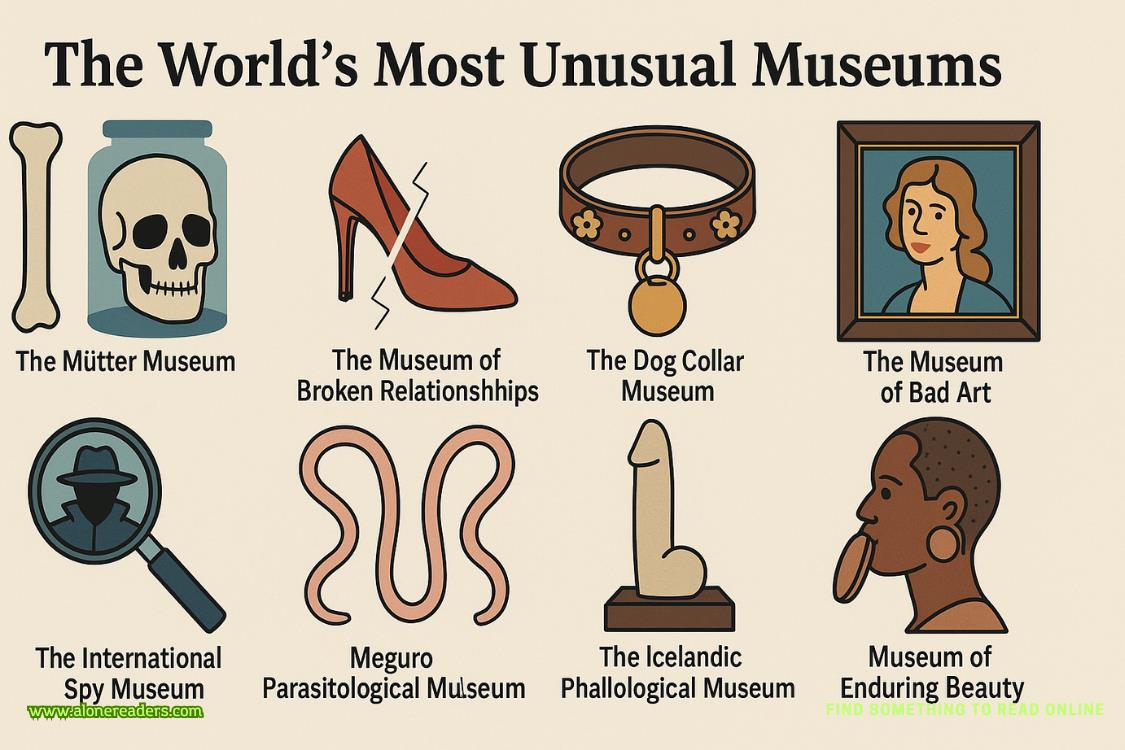Page 43 of Veil of Ashes
Not mine.
I know it the second I touch it. The cover is softer. A different kind of wear. I open it, and the handwriting confirms it.
Enzo’s.
Slanted, slashing script. Elegant. Exact.
I sit back on my heels as the scent hits me—aged leather and graphite. Familiar and disarming.
The pages are lined with dates, strokes of paint samples marked with codes. Color names I remember from childhood: Burnt Sienna. Alizarin Crimson. Payne’s Gray.
Each color is paired with numbers—four, five, sometimes six digits. At first, they look random.
They’re not.
The sixth page hits me like a body blow.
A coded entry, listed in shades of ochre and cobalt.
Next to it: a bank routing number I recognize.
Offshore. Tied to a shell I flagged in the Rizzi ledger just days ago.
My pulse kicks up.
I cross-reference another entry. Then another.
He used the color theory to build the codes.
Every shade he listed was a reference point. Hue scales matched to the last four digits of Rizzi’s holding companies. Embedded blood in brushstrokes.
He wasn’t just sketching.
He was mapping.
He’d tracked the money.
And hidden it in plain sight.
“Every code he used was embedded in color theory,” I whisper. “He hid blood inside brushstrokes.”
I dig deeper. Each entry matches a date. An auction. Art, anonymous transactions, buyer proxies—all designed to move funds under the radar.
Rizzi didn’t just launder through real estate or weapons.
He moved fortunes through paintings.
The last entry is dated three days from now.
A gallery in the Mirage East Annex—invite-only. Private. High profile. Dangerous as hell.
I freeze. The handwriting is too familiar. My father’s. I’d spent years mimicking his signatures on fake IDs, scrubbing it into muscle memory.
But this... this is fresh ink. And the date is three days from now.
That shouldn’t be possible.
The brushstroke codes here are looser, more frantic. He always refined them, obsessed over every detail. This? It’s like he was rushed. Like he didn’t expect to finish.
- Twins For His Majesty by Clare Connelly
- Shattered King by B.B. Hamel
- Getting His Fill by J. Snow
- Blood of the Loyal by Neva Cole
- Wrangled Up by Em Petrova
- Saving Love by Grace Parkes
- Puck Me Like You Hate Me by Holly Myers
- Dancer by Charity Parkerson
- The Rose's Thorns by Leona White
- Infatuation by Lauren Rowe
- Consummation by Lauren Rowe
- Revelation by Lauren Rowe
- The Werewolf's Sauna by Blake R. Wolfe
- Tempted to Touch by M.M. Phoenix
- Unbreakable Bonds by Marlyn Love
- Watcher by Flora Madison







